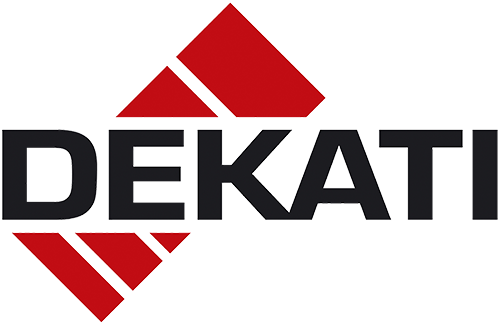SCIENTIFIC PROGRAMME
The full programme of the conference is now available and can be downloaded from
HERE
.
GENERAL INFORMATION
Scientific Programme
The conference will comprise three and a half days of oral and poster contributions. Oral presentations (invited or submitted) will be 40 and 15 minutes duration. At the end of each oral presentation 5 minutes will be reserved for discussions. Poster presentations will be given equal prominence and ample time will be allowed for discussion.
Participants are cordially invited to submit contributions dealing with the conference topics. A one-page abstract must reach the Organising Committee by April 1, 2019.
Instructions for the preparation and submission of the abstract are described in the
downloadable document
.
Please submit your abstract by e-mail to
abstract@eohnano.com
by April 1, 2019.
Poster Format
The size of the poster board is 1000 x 1200 mm (W x H). It is important that your audience is able to view the material and make sense of it from a distance of 1.5 to 2 meters. "Less is better". Appropriate materials for mounting posters will be provided.
Language
The working language of the conference is English.
Venue
All sessions will be held in the various auditoriums of Hotel Alexandra, N-6868 Loen, Norway, Tel:
+47 57 87 50 00
, Fax:
+47 57 87 50 5

INVITED SPEAKERS
Liliya Fatkhutdinova
Department of Hygiene and Occupational Medicine, Kazan Medical University, Russia
Exposure assessment and health effects of different types of carbon nanotubes
Keld Alstrup Jensen
National Research Centre for the Working Environment, Copenhagen, Denmark
Characterization needs for nanomaterials for REACH registration in 2020 - Current status of supporting methods development
National Food Institute, Technical University of Denmark, Lyngby
Nanomaterials in food – an overview
University/BHF Centre for Cardiovascular Science, University of Edinburgh, UK
Inhaled particles and the cardiovascular system
Lund University, Sweden
Characteristics and measurement of carbonaceous ultrafine particles and engineered nanoparticles in air – Implications for toxicology
Institute of Epidemiology, Helmholtz Zentrum München, German Research Center for Environmental Health, München, Germany
Health impact of ultrafine particles on metabolic disease
Nanotechnology Research Center, Education and information Division, National Institute for Occupational Safety and Health, Cincinnati, OH, USA
Status of epidemiological research on nanomaterial workers
Krishnan Sriram
Health Effects Laboratory Division, National Institute for Occupational Safety and Health, Morgantown, WV, USA
Olfactory and central neurotoxicity of occupationally-relevant particulate aerosols and nanomaterials
Comprehensive Pneumology Center, Institute of Lung Biology and Disease, Helmholtz Zentrum München, German Research Center for Environmental Health, München, Germany
Particle cell interactions in the alveolar region of the lungs and their relevance for associated health effects
Laboratory of Biophysics, Condensed matter physics Department, Jozef Stefan Institute, Ljubljana, Slovenia
Resolving molecular events by super-resolution microscopy exemplified on interaction of TiO2 nanotubes with lung’s epithelium
Work Environment, Finnish Institute of Occupational Health, Työterveyslaitos, Finland
Occupational exposure to nanoparticles – recognition, assessment and control at workplaces
University of Oslo, Norway
New instruments for direct sampling and real-time analysis of particulate organic matter in air










